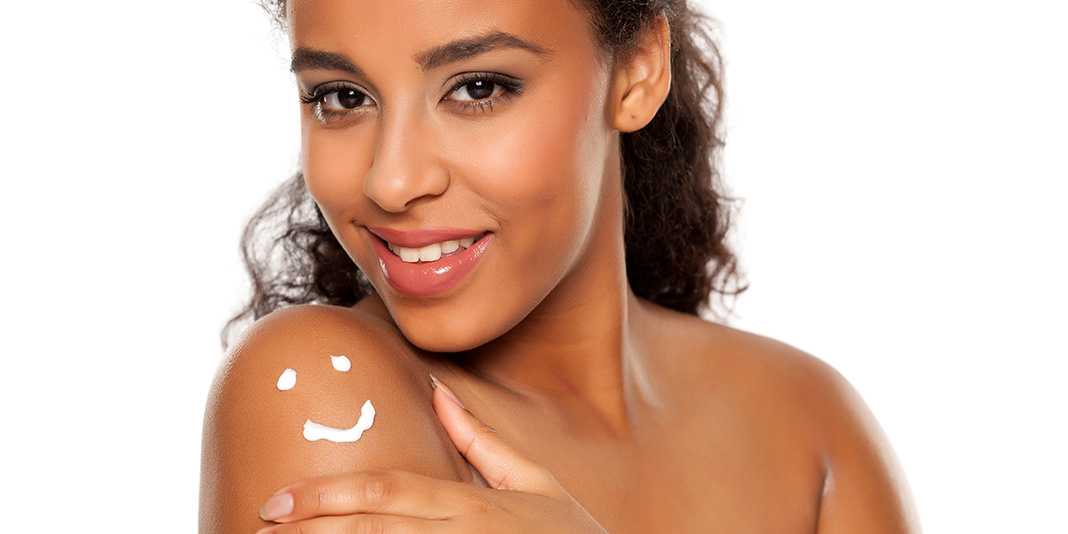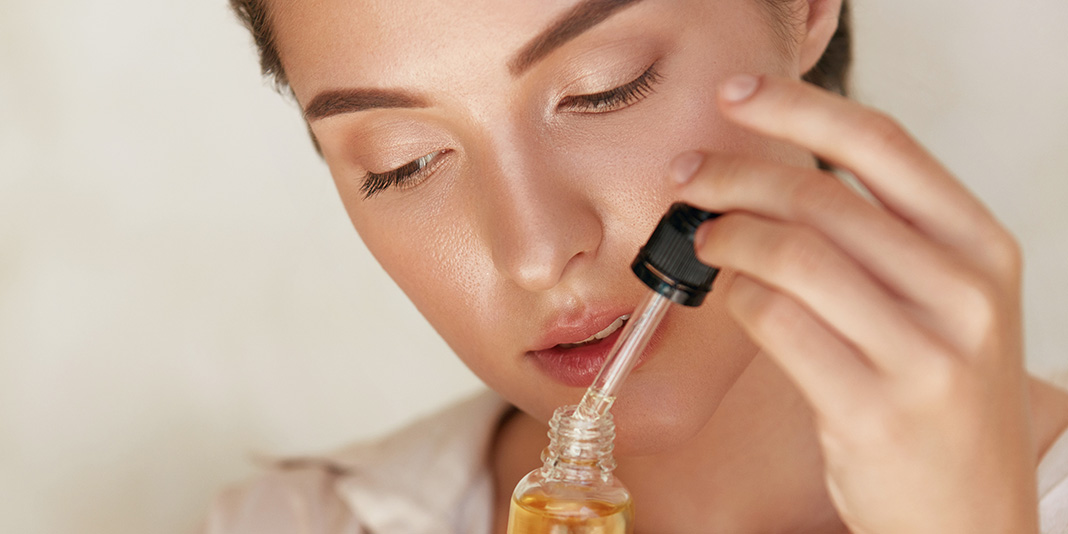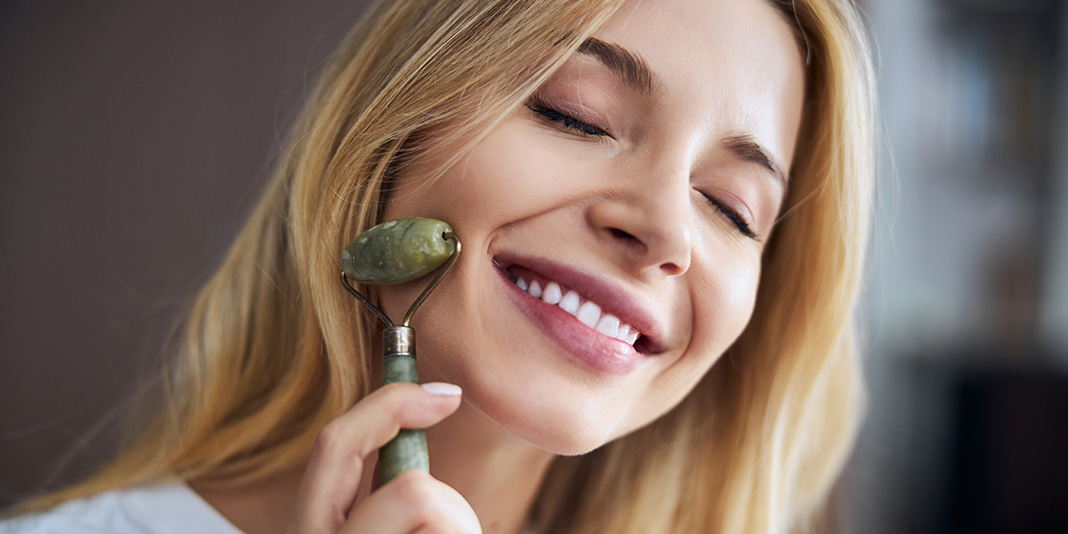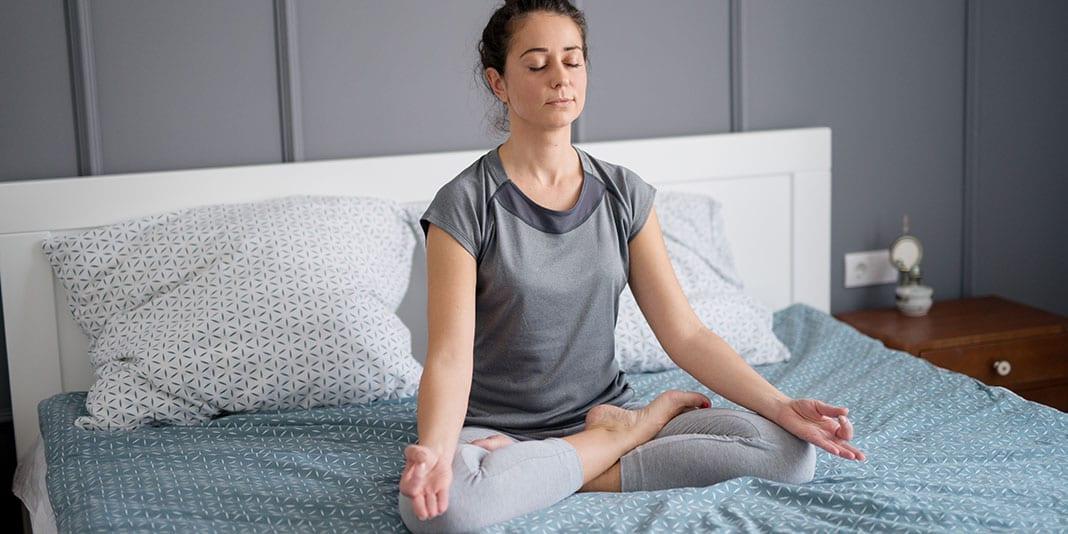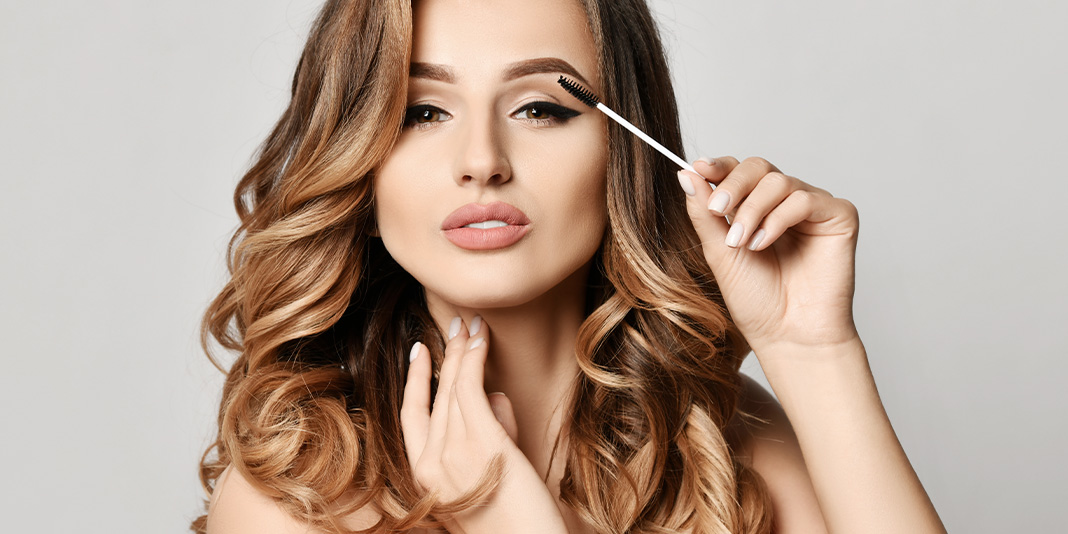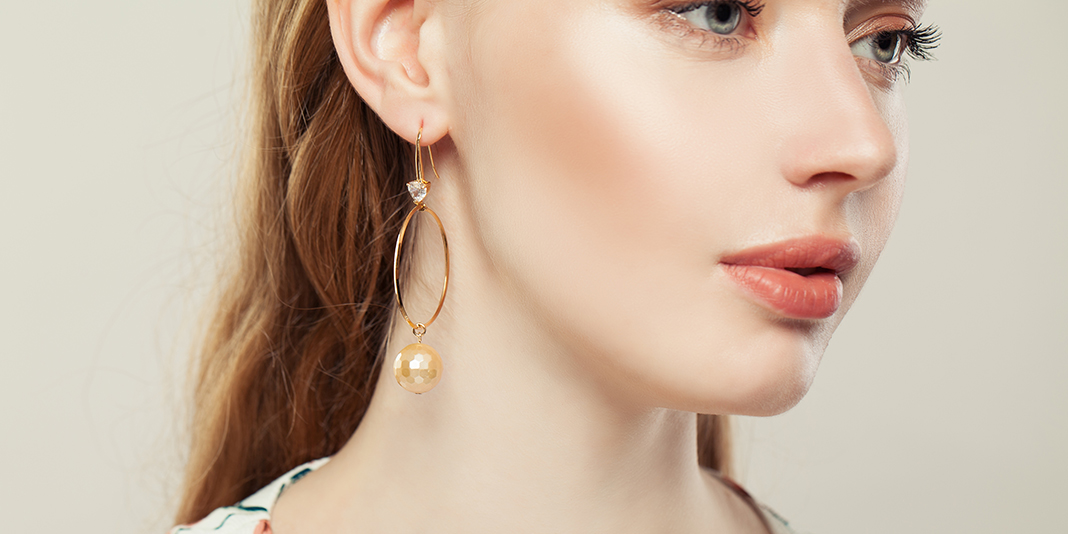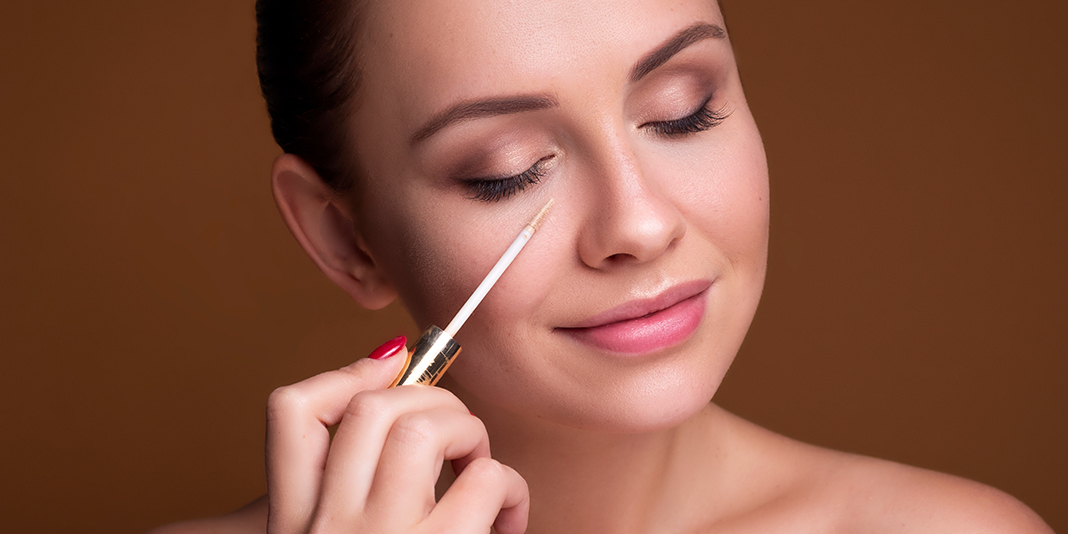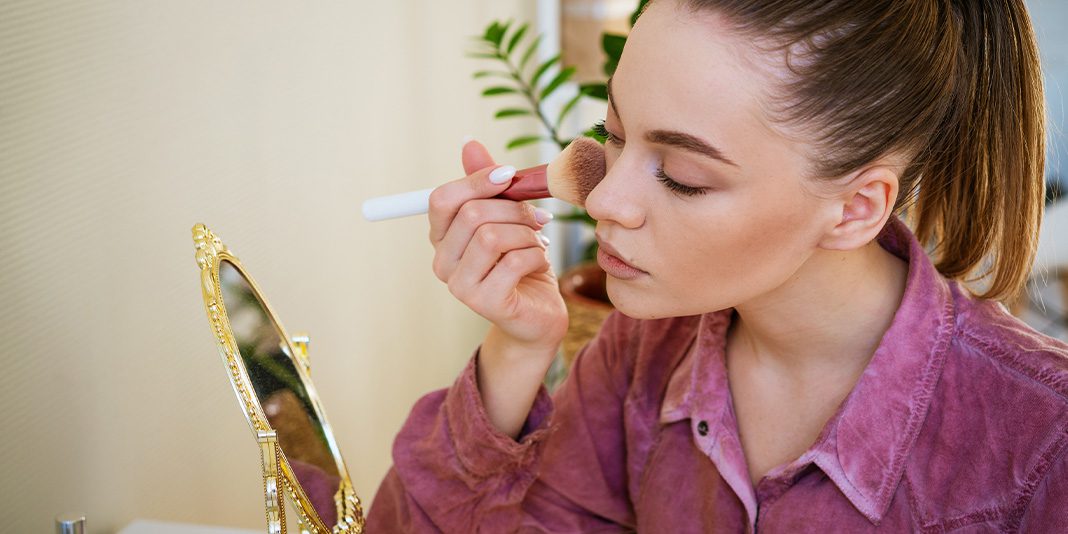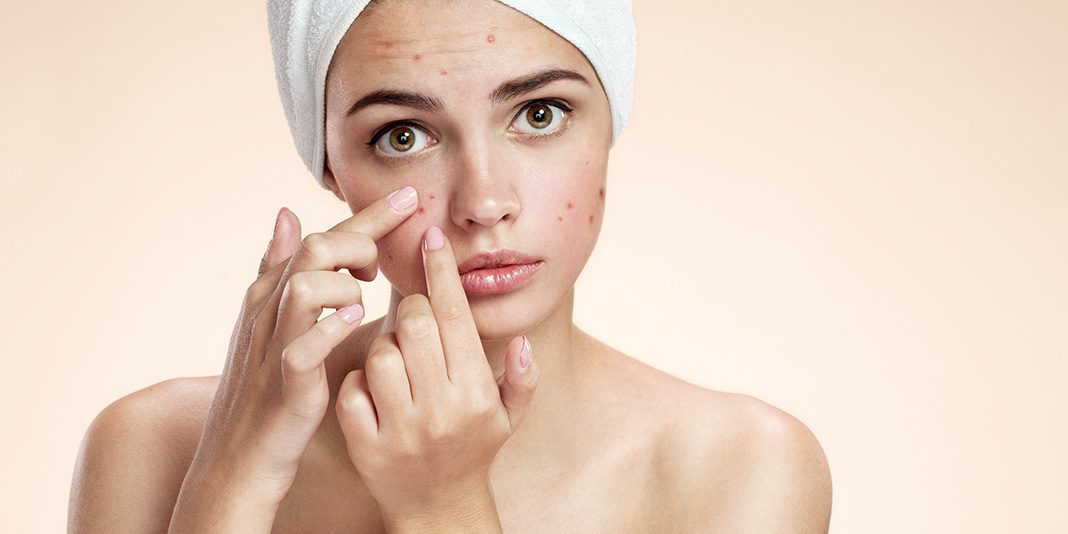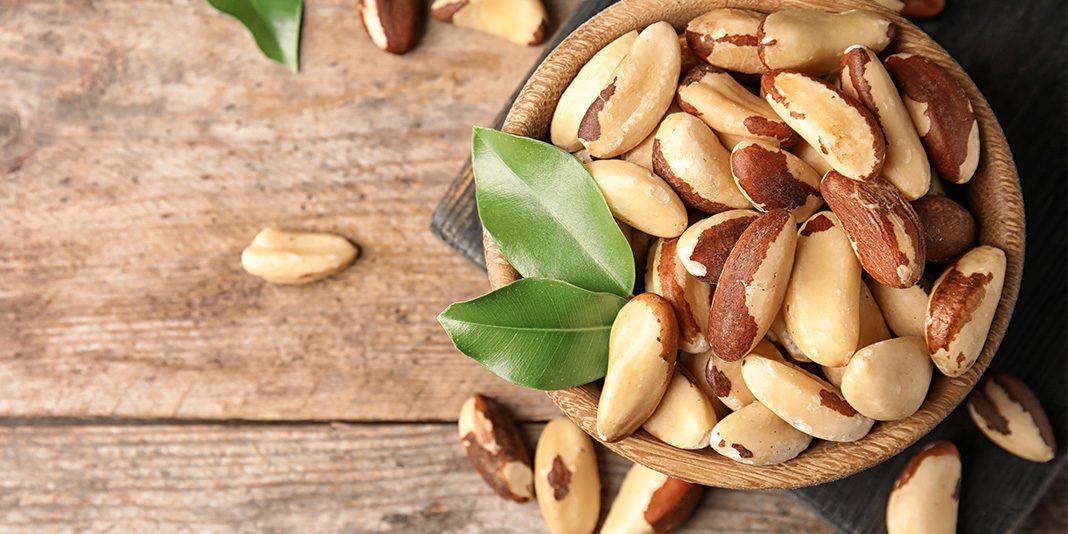07Don’t assume that acne is no longer an issue for adult women. The journal Clinical, Cosmetic and Investigational Dermatology reports a significant increase in adult acne this year. One New York dermatologist uses the phrase “epidemic proportions” to describe the spike in cases she is seeing in her practice. While doctors can’t fully explain why so many women are breaking out in angry red bumps, the experts are pinpointing several culprits. High glycemic diets have been associated with acne. Stress can send oil glands into overdrive.
Women are experiencing the normal cyclical changes of hormones when they stop taking the birth control pills that have been prescribed at increasingly younger ages. The impact of fluctuating hormones can be seen on oil glands. What’s an adult acne suffered to do? The first answer: try today’s medications and skin care routines that are made for women, not teenagers.
Choosing the right acne product for adult skin calls for ones that are different from those doctors recommend for teenage oily skin. Adult who suffer from acne often have sensitive and dry skin that can’t tolerate treatments formulated for teenagers. Adult women should avoid the “acne-fighting” or “pore-refining” cleansers that contain irritants, especially if they also use leave-on pimple treatments that list benzoyl peroxide or salicylic acid among their ingredients.
More adult acne sufferers are turning to new medications such as acne patches, which are available in both medicated and unmedicated versions. The ancestor of today’s unmedicated patches could be found once upon a time on your pharmacy’s wound-treatment shelf. They were called hydrocolloid dressings, but you wouldn’t want to put them on your face.
Today’s version and the old-fashioned dressings share one thing in common: they are designed to drain fluids. The modern unmedicated patch flattens the pimple and reduces redness. Ju Rhyu, a founder of the acne sticker start-up Hero Cosmetics, stumbled upon this nifty innovation in Asia in 2012. Her company introduced the unmedicated Mighty Patch ($12.99 for 36) in September 2017. Retailers such as Madewell and Neiman Marcus quickly started offering Mighty Patches.
Medicated patches, such as the version offered by London facialist Sarah Chapman, have their own advantage. They speed the healing process when the acne sufferer—you know who you are—has popped a pimple. Ms. Chapman (who counts Meghan Markle as a client) created the SOS spot sticker. These thin translucent patches deliver salicylic acid to the site of the pimple and keep bacteria out.
Faster healing is important to adult acne suffers who know that maturing has made their skin weaker than that of teenagers. Blemishes that once disappeared quickly can linger four to 10 times longer because aging breaks down collagen.
Skin care routines that rely on multiple products can seem like a good idea. The more products, the better, right? But that approach may contribute to acne flareups. Layering on many products can render the effective ingredients in each one inactive. Using the wrong products can make breakouts worse.
One doctor recommends no more than three steps in the morning or at night. He takes his advice a step further and favors an even more limited skin care routine. Rely on serum and sunscreen in the morning with the addition of a moisturizer and a therapeutic product at night, he suggests. Since no active ingredient produces instant results, he suggests using a new product for a month before judging results. The only products that work immediately are hydrators and plumpers, and their effect is only temporary.
Read More: Why You Have Adult Acne, and How to Get Rid of It

